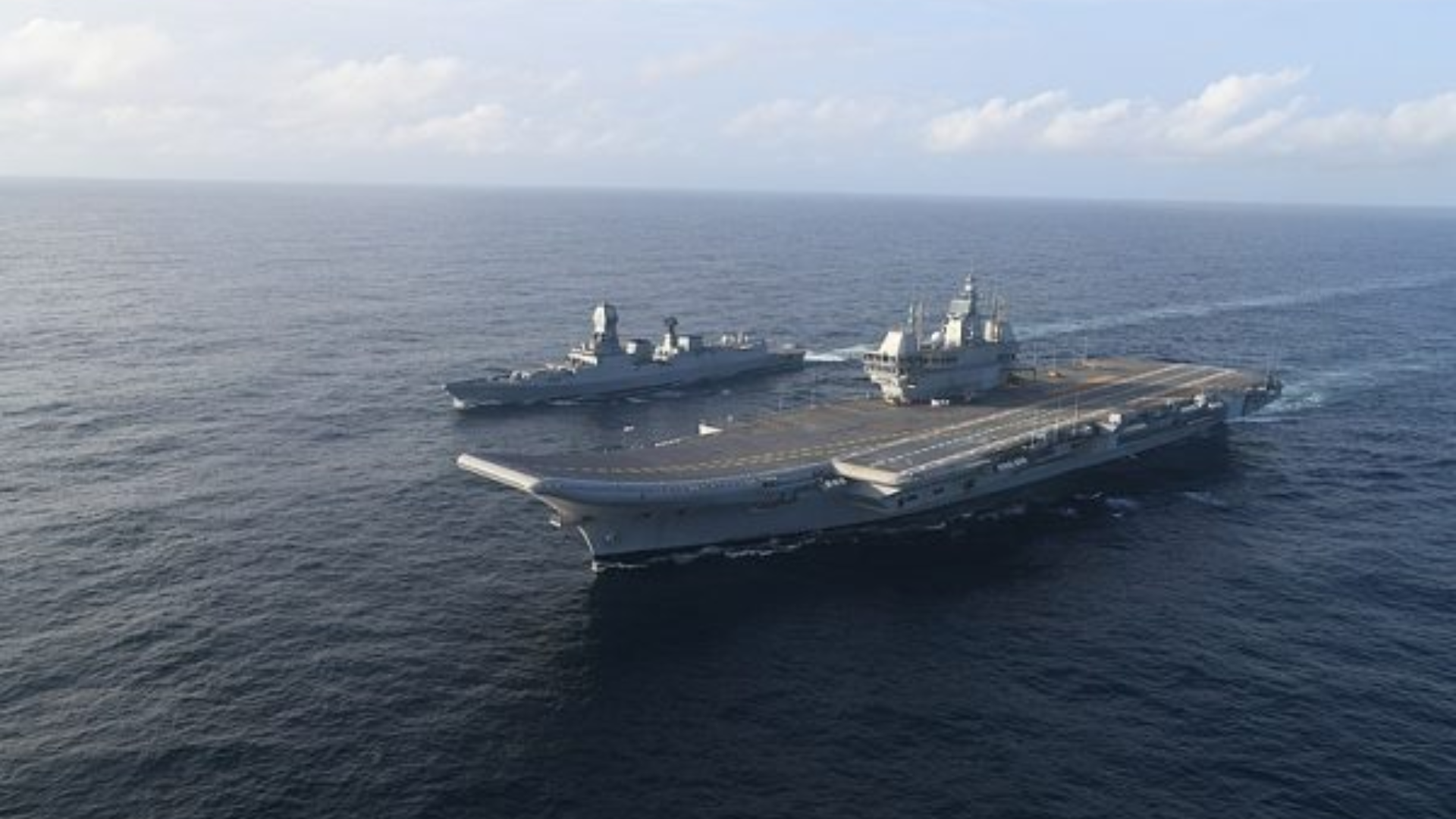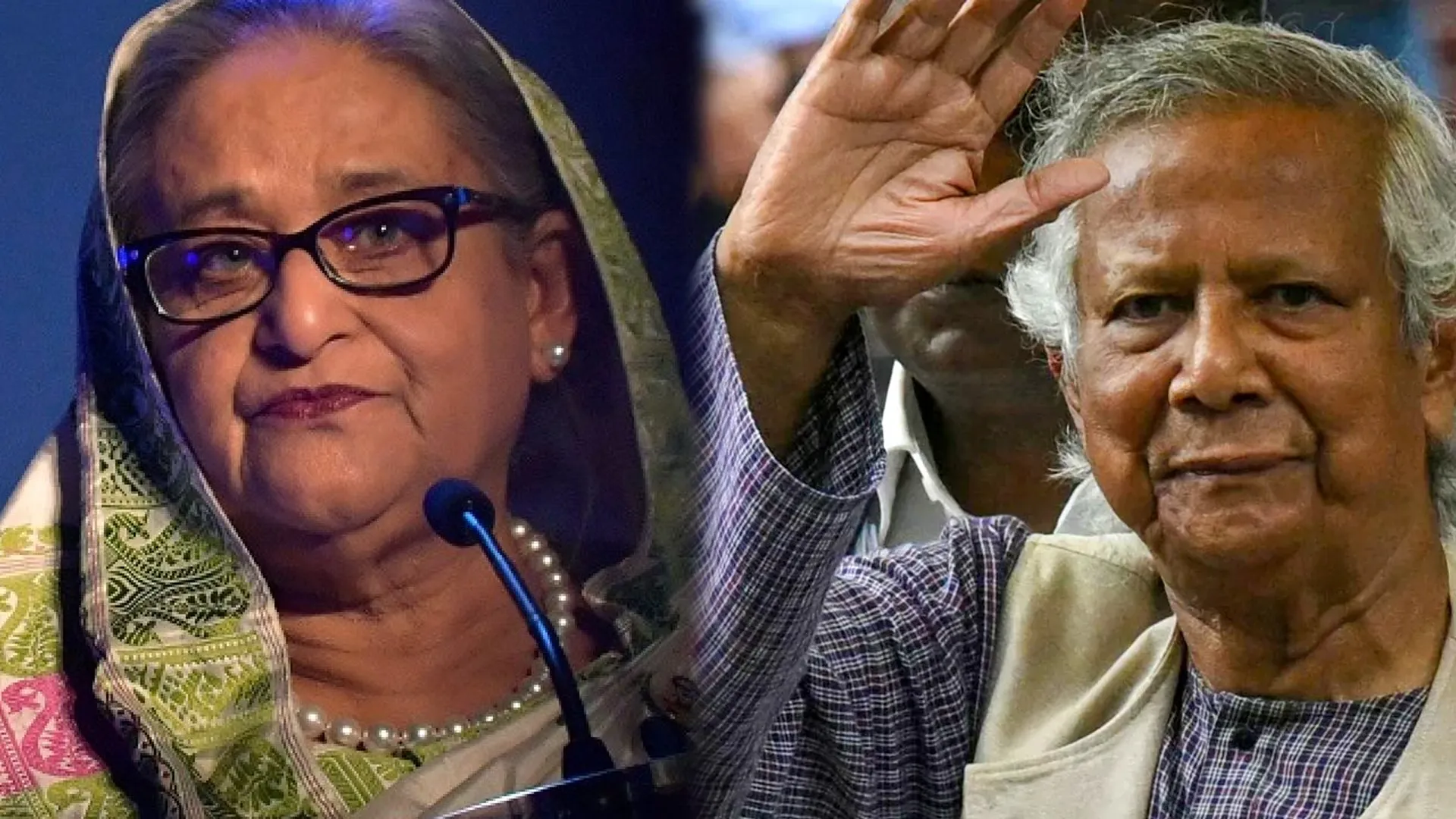India’s quest for a larger aircraft carrier to bolster its naval capabilities faces challenges due to financial constraints and strategic considerations. The discussion around acquiring a carrier similar to China’s Fujian highlights the complex dynamics shaping India’s naval strategy.
Rising Costs and Technological Hurdles:
One of the primary hurdles hindering India’s pursuit of a larger aircraft carrier is the substantial cost involved. Estimates suggest that a carrier in the league of China’s Fujian could cost India a staggering $7 billion for construction alone, with additional expenses for aircraft and operational readiness. Such high costs raise concerns amid competing defense priorities and budgetary constraints.
Complex Naval Engineering and Operations:
Building and operating a modern aircraft carrier demand expertise in naval engineering and logistics. India needs to navigate the complexities of developing advanced carrier technologies, including propulsion systems, electromagnetic catapults, and integrating carrier-based aircraft seamlessly. The intricate nature of these technologies poses challenges in terms of acquisition, training, and operational readiness.
Strategic Implications and Geostrategic Dynamics:
The decision to acquire a larger carrier has significant strategic implications for India’s maritime posture and regional influence, especially in the Indo-Pacific region. With China’s assertive naval presence and evolving geopolitical dynamics, India must carefully assess the strategic advantages and challenges associated with a larger carrier fleet. Balancing power projection, deterrence capabilities, and regional stability forms a critical aspect of India’s naval strategy.
Alternative Priorities and Budgetary Constraints:
India’s defense budget must juggle multiple priorities, ranging from modernizing armed forces across domains to addressing cybersecurity and internal security challenges. Allocating substantial resources to a mega-project like a large aircraft carrier requires a pragmatic assessment of long-term defense needs, operational effectiveness, and fiscal sustainability.
As of now, India’s deliberations on its aircraft carrier strategy reflect a nuanced approach that considers financial realities, technological advancements, strategic imperatives, and operational necessities. While the aspiration for a robust naval fleet is evident, the path to acquiring a larger carrier involves navigating a complex terrain of challenges and opportunities, shaping India’s maritime capabilities in the years to come.






















